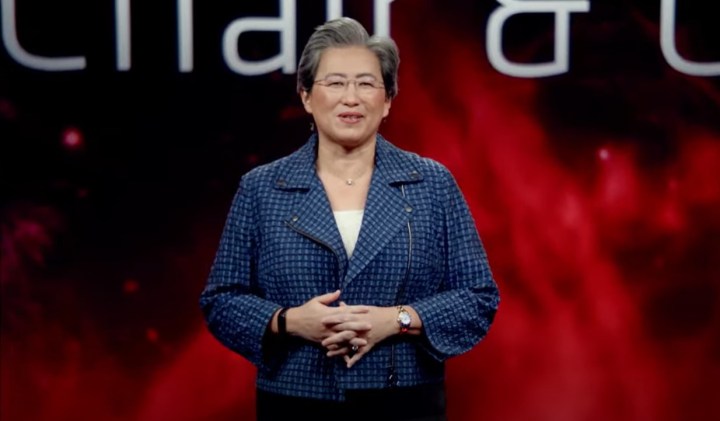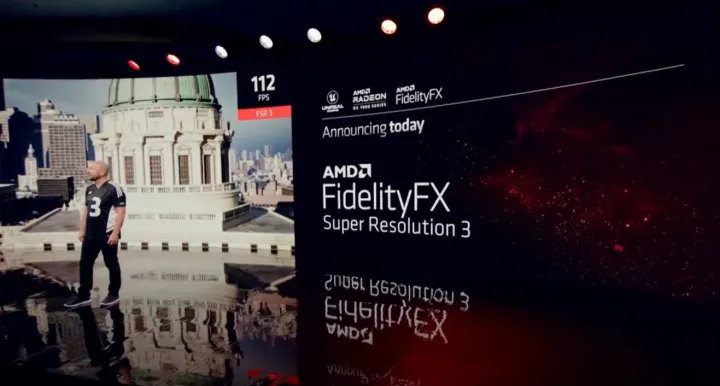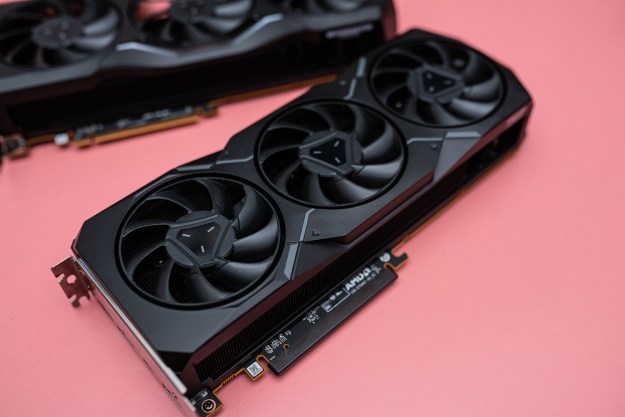This fall has been jammed full of PC hardware releases, but AMD had one more big product launch for the year. Today, AMD announced its RX 7000 line of GPUs, based on the new RDNA 3 architecture.
We have a full rundown on how these new graphics cards will compete with the best from Nvidia, and you can rewatch all the announcements as they rolled out down below.

Everything announced: RDNA 3, RX 7900 XTX, FSR 3

AMD announced two new graphics cards at its launch event: the RX 7900 XTX and the RX 7900 XT. Using the “world’s first chiplet gaming GPU,” these new cards are based on the same technology that made Ryzen famous back in the day. AMD broke down the new efficiencies and performance capabilities of RDNA 3, noting that these new cards are based on TSMC’s 5nm node.
See the full spec rundown below:
| RX 7900 XTX | RX 7900 XT | |
| Compute Units | 96 | 84 |
| AI accelerators | 192 | 168 |
| Ray tracing accelerators | 96 | 84 |
| Memory | 24GB GDDR6 | 20GB GDDR6 |
| Memory speed | 20Gbps | 20Gbps |
| Memory bus size | 384-bit | 320-bit |
| Game clock speed | 2.3GHz | 2GHz |
| Connection support | DisplayPort 2.1 | DisplayPort 2.1 |
| Total board power | 355W | 300W |
| List price | $999 | $899 |
| Release date | December 13, 2022 | December 13, 2022 |
As for performance, AMD didn’t get into specifics, but did show up to 1.7x native

AMD also spent time talking about the addition of DisplayPort 2.1, a port unique to these new cards. AMD announced that the first 8K ultrawide monitors are due to ship in 2023, led by Samsung’s Odyssey Neo G9. Not much information was provided about theses specific displays, but AMD says we’ll get more information at CES 2023. AMD noted that in games like Assassin’s Creed Valhalla, the RX 7900 XT could actually deliver up to 96 fps in native 8K with FSR enabled.
AMD also announced that Halo Infinite would get ray tracing enabled on PC, which should produce sharper shadows and improved visuals when playing on AMD-powered PCs.
The big story here is around pricing. Unlike Nvidia, AMD is keeping prices steady, charging $999 for the flagship RX 7900 XTX and $899 for the RX 7900 XT. Both will be available for purchase on December 13.

AMD gave a preview of FSR 3 (FidelityFX Super Resolution 3), the latest version of the company’s upscaling tech. AMD is claiming it’ll provide 2x increase in frame rate over FSR 2, boosted by the new AMD Fluid Motion Frames technology. This frame generation looks similar to what Nvidia is doing with DLSS 3.
As an example, they showed an example in Unreal Engine 5 getting 60 fps in

Lastly, AMD ended by talking about AMD Advantage desktops. Similar to what the company has done with
How to rewatch the RX 7000 event
The video event launching AMD’s RX 7000 started at 1 p.m. PT November 3 and lasted around an hour.
AMD is always good about making its product launches available to the public, and you can already rewatch the entire presentation in the YouTube video embedded above.
Editors' Recommendations
- I’ve reviewed every AMD and Nvidia GPU this generation — here’s how the two companies stack up
- The most common GPU problems and how to fix them
- Nvidia is the ‘GPU cartel,’ says former AMD Radeon manager
- AMD’s FSR 3 compromise just isn’t working
- GPU prices and availability (Q1 2024): How much are GPUs today?



